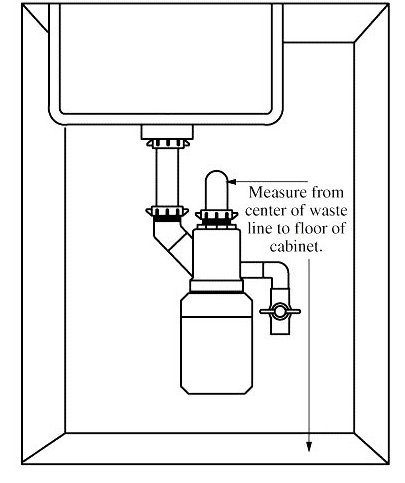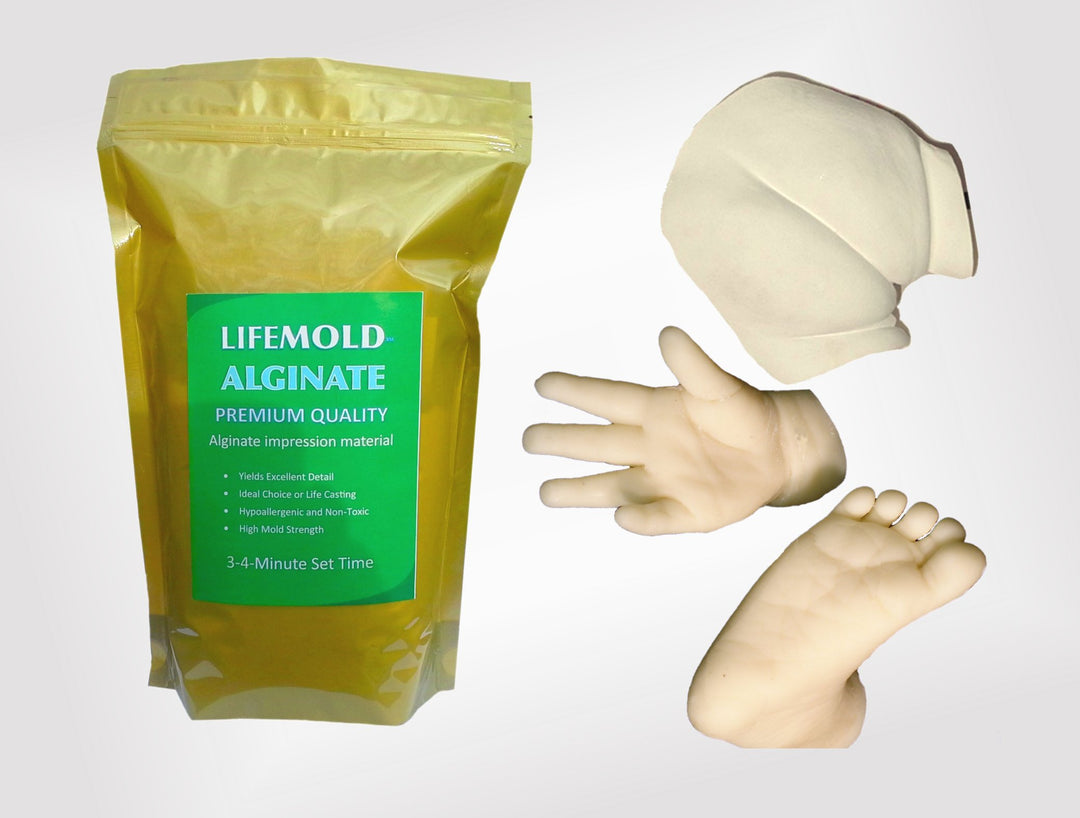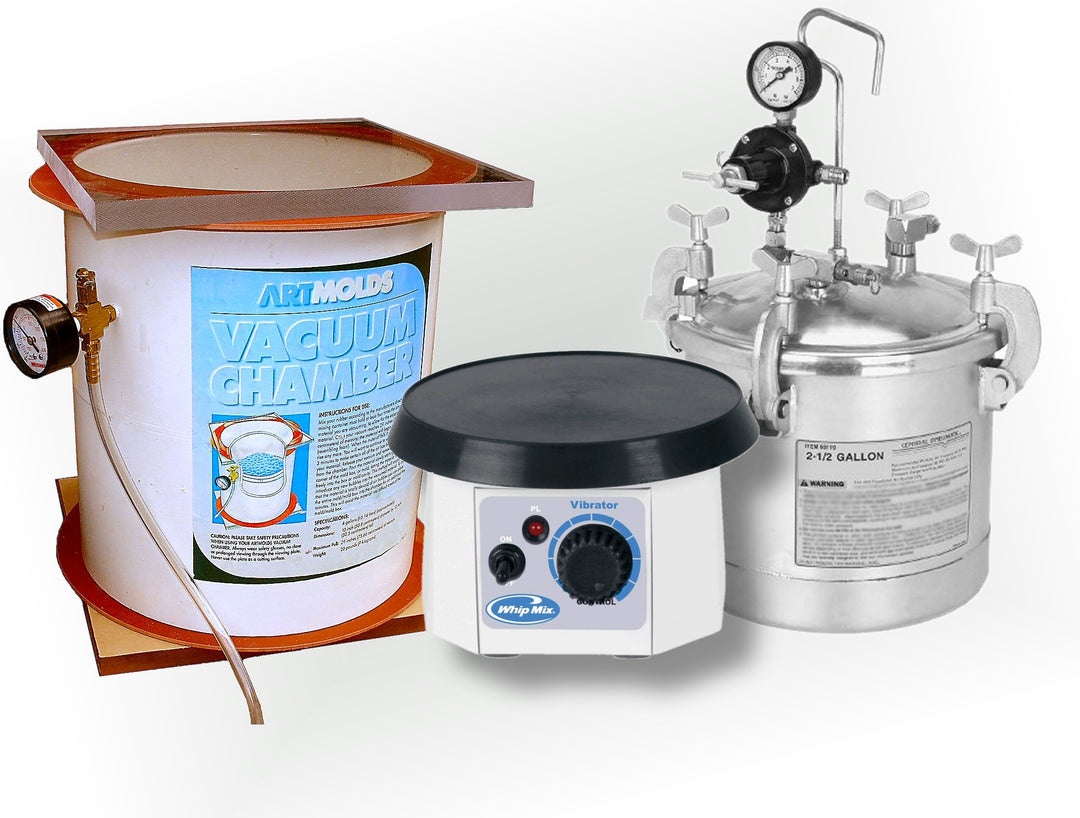The “Must Have” Equipment for Every Casting Studio
|
How the Gleco Trap is installed. |
Uh oh, the studio sink is stopped up again. Who is dumping plaster water down the drain? That was a common refrain in our studio for years. We tried to carefully discard plaster water outside in a discarded 55-gallon drum as the suspended plaster eventually accumulates in the “p” trap and stops up the sink. But no matter how many cautions I gave out, in their haste, helpers often forgot or thought that it was just “white” water, “What harm can it do?” Then a few years ago we discovered the Gleco Trap. It was originally developed for dentists to go under the sink and catch the extraneous plaster that they used when making castings of their patients’ teeth. But as fate would have it, my dentist mentioned it to me when I was in his chair one day. As soon as I got out of the chair he let me look under the sink where I copied the name of the manufacturer. |
|
|
It wasn’t too long after I called Gleco that my plaster trap arrived. We were easily able to connect it ourselves without the help of our plumber. We have had no stoppages ever since. We even installed one under our laundry sink. The manufacturer states that: the Gleco Plaster Trap is an innovative, inexpensive solution to messy, hard-to-use sink traps. The Gleco Trap is an economical plumbing trap that we found easy to install and maintain. The Gleco Trap is connected below the sink and collects solids in a bottle. When the solids reach the fill line on the bottle, the excess water in trap is drained through a valve, the bottle is exchanged with a replacement bottle, the valve shut and the trap is back in service. Bottle exchange is rapid and done without the need of tools (less than 2 minutes). Most of all, there is no mess and minimal chance of water spillage. Best of all no more plaster induced stoppages. |
||





